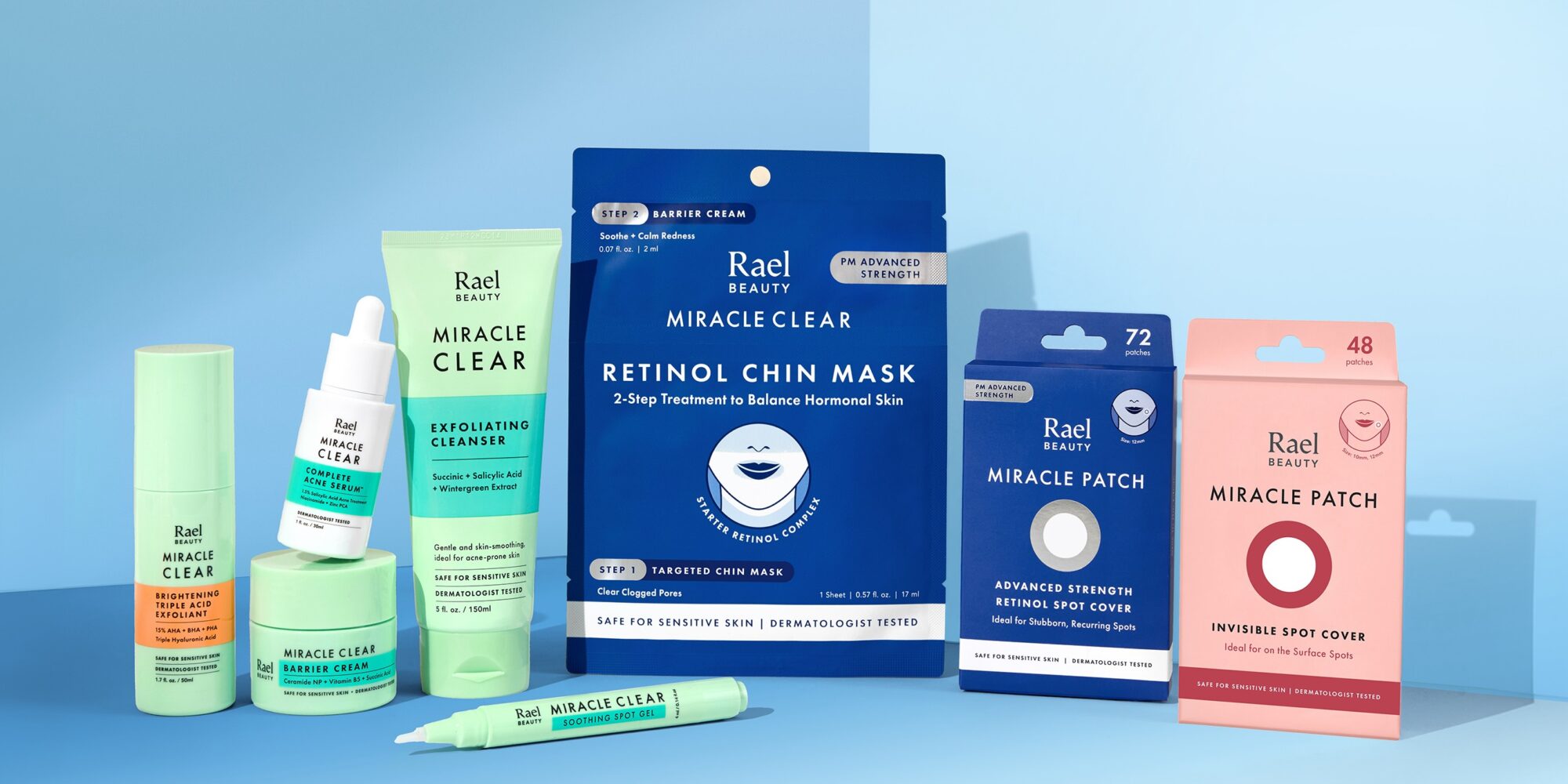
Ulta Beauty Jumps On The K-Beauty Boom With New Mass Skincare Lineup Containing Rael, Ma:nyo, Mediheal And More
As Ulta Beauty looks to newness to distinguish its assortment and battle for young consumers’ attention and dollars, it’s hopping on the K-Beauty boom by adding six K-Beauty brands to its mass skincare section.
Launching in select doors nationwide and online at the beauty specialty retailer, the brands are Rael, Ma:nyo, Mediheal, Skin1004, Dearcloud and Knours. They join an existing K-Beauty presence at Ulta with brands such as Peach & Lily, Peach Slices, Cosrx, Banilo Co, The Crème Shop, TonyMoly, Erborian, Good Light and Hanskin.
The K-Beauty mass skincare collection focuses on participating brands’ bestsellers. For example, describing itself as South Korea’s No. 1 sheet mask brand, Mediheal’s Ulta merchandise roster contains six products priced at $24 each, including Madecassoside Blemish Pad, Vitamide Brightening Pad and Photo-Enzyme Peeling Pad, and Ma:nyo’s has nine products, including $29 Pure Cleansing Oil and $23 Bifida Biome Complex Ampoule.
Ulta is carrying 16 products from Rael’s range of over 50, including eight products in stores: Complete Acne Serum, Brightening Triple Acid Exfoliant, Exfoliating Cleanser, Barrier Cream, Soothing Spot Gel, Retinol Chin Mask, Advanced Strength Retinol Spot Cover and Invisible Spot Cover. The brand’s products at Ulta are priced from $8.99 to $20.99.
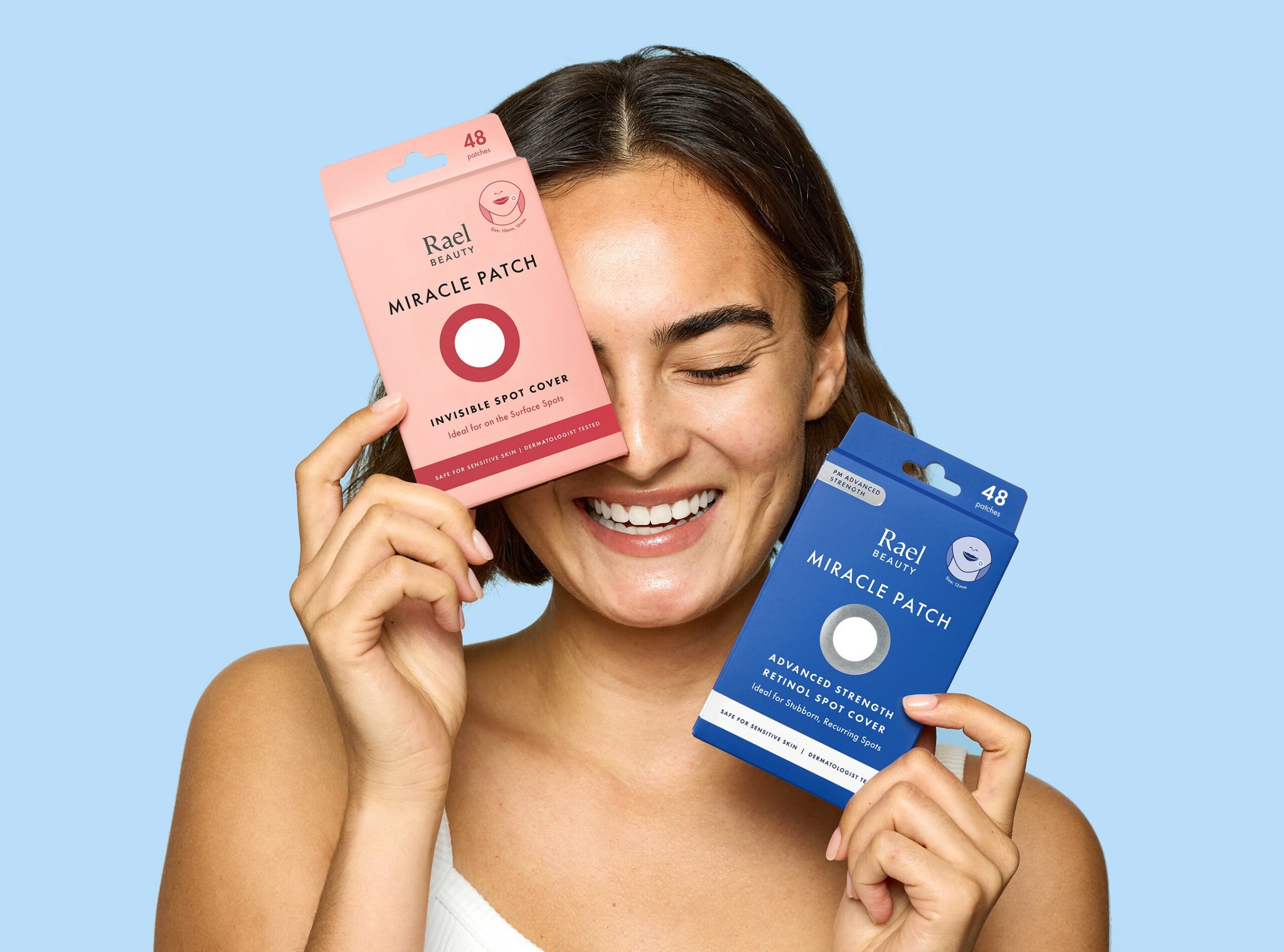
“We are focused on delivering a differentiated assortment that is inclusive, joyful and provides our guests with efficacious skincare solutions that meet their needs,” says Lisa Tamburello, VP of merchandising at Ulta. “K-Beauty skincare has been a longtime disruptor of the category, introducing innovative ingredients, new formats and formulas and sharing the intimate self-care ritual of a multistep skincare routine.”
She continues, “We are especially proud to expand beyond skincare with the debut of Rael, which is rooted in wellness and features clean ingredients and innovative technology to support our guests during their cycle and beyond. We look forward to having new and existing guests discover our assortment and welcoming new brands across all categories in the coming years.”
K-Beauty made a splash in the United States in the 2010s, when it familiarized American beauty consumers with trends, ingredients and products like 12-step skincare routines, glass skin, snail mucin, sheet masks and cushion foundations. But as skincare turned to minimalism and South Korean beauty companies concentrated on China, K-Beauty fell out of the U.S. beauty industry spotlight. Now, with China’s economy shaky and South Korean food and celebrities driving pop culture, South Korean beauty companies have set their sights on the U.S. once again and K-Beauty has resumed its power as a reigning force in the U.S. beauty industry.
“K-Beauty skincare has been a longtime disruptor of the category, introducing innovative ingredients, new formats and formulas.”
“In the recent two years, K-Beauty has really come back,” says Yanghee Paik, CEO and co-founder of Rael, a skincare and period care brand with close to 80 employees split between Los Angeles and Seoul. “The popularity of TikTok has a lot to do with it and all the influencers who talk about K-Beauty products, and gen Z is a lot more open to trying new things and trying affordable, effective products.”
Forecasting full-year same-store sales will be down 2% to flat, Ulta’s latest K-Beauty foray is part of a broader effort not to cede gen Z and gen alpha shoppers to rival Sephora, a trendsetting dynamo that’s been riding the K-Beauty wave with scorching brands Laneige and Glow Recipe, by going after brands and products relevant to them. In two surveys of teens by investment bank Piper Sandler this year, respondents specified Sephora as their favorite beauty retailer. Previously, Ulta held that title.
Market research firm NIQ’s data shows gen Z is spending the most on K-Beauty products, and K-Beauty customers are more likely to be high-income 18- to 44-year-olds than beauty customers overall. For the year ended Feb. 24, NIQ estimates K-Beauty sales in the U.S. rose 45.9% to $917.6 million. K-Beauty sales increased 63.7% in the mass-market channel. NIQ figures K-Beauty customers spend $270 more dollars annually on beauty than average customers.

Ulta’s K-Beauty mass skincare collection has it playing with a mix of fast-growing and emerging brands. NIQ identifies Mediheal as one of the top five fastest growing K-Beauty brands. The rest are Cosrx, Beauty of Joseon, D’Alba Piedmont and Peach Slices. It also identifies Ma:nyo as a budding K-Beauty brand gaining traction with American consumers.
According to information search insights firm Spate supplied publication Women’s Wear Daily in June, K-Beauty brands represented six out of the 10 skincare leaders in views growth on TikTok in the second quarter this year, and organic rather than paid content was fueling K-Beauty brands’ views on the platform. Skin1004 was one of the frontrunners for views growth on TikTok in the quarter.
Spate co-founder Yarden Horwitz told WWD that K-Beauty “shows no sign of slowing down, and a lot of these brands are actively making a push to increase their distribution in the U.S. — it’s going to become really important for [U.S.] brands to acknowledge them as real competitors.” Walgreens just brought in I Dew Care, and CVS sells Joah and The Face Shop. T.J. Maxx and Walmart are active in K-Beauty, too, with offerings for shoppers hunting for K-Beauty products on a budget.
“K-Beauty brands will have to really build brand awareness and affinity in the U.S. market in order to survive and sustain.”
Horwitz elaborates, “As brands in the U.S. look to capitalize on and compete with Korean trends, they should consider both short and long-term execution. For brands already manufacturing in Korea, they should consider calling this out as a key point of difference…For brands looking further ahead, there’s the opportunity to incorporate ingredients like barrier-restoring snail mucin and soothing madecassoside, which have proven to be long-term standouts originating in K-Beauty.”
Rael is stocked at 19,000 retail doors. Along with Ulta, it’s available at Walgreens, Target, Walmart and CVS as well as on Amazon, it’s single largest point of distribution. Rael has the No. 1 pad on Amazon. The brand has raised roughly $50 million in funding. It’s not presently fundraising.
At 476,200 followers on TikTok, Rael has boosted its TikTok following by 200,000 followers year-over-year. Its sales have been accelerating at a 20% annual clip and surpassed $100 million in the trailing 12 months. Paik says the brand’s business is profitable and evenly divided between skincare and period care.
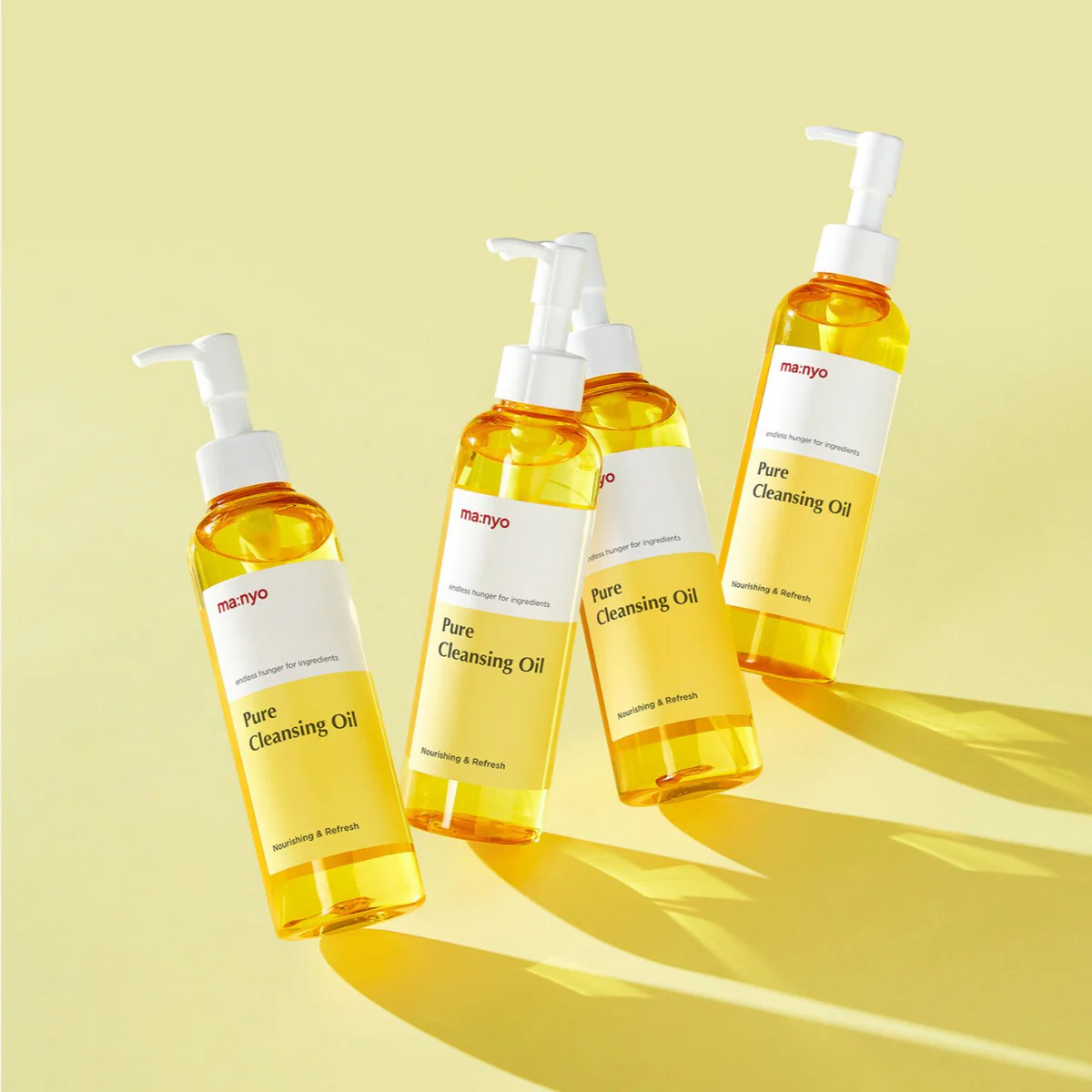
Rael’s digital sales are bigger than its wholesale sales, but Paik says “wholesale’s quickly catching up” and is a priority for the brand that wants to deepen its relationship with the retailers it’s in. Ulta has highlighted wellness as a chief category of interest for it as it sets itself apart from Sephora, and Rael is intrigued by the possibility of placing its wellness products at the chain. The brand has ventured into the supplement space with Hormonal Balance, PMS Cramp & Bloat Relief and Vaginal Health Probiotic.
Started in 2017 in period care with organic pads and tampons, Rael branched into skincare in 2018 initially with pimple patches that tapped South Korean innovation and addressed hormonal acne tied to its positioning in period care. It’s continued to extend into skincare, notably with its Miracle Clear line for acne and other common skincare concerns, to draw customers beyond the week per month they’re menstruating. As it’s ventured into skincare, its core customers have become younger. Today, they’re aged 25 to 35 years old.
While K-Beauty kicked up sales at retailers in the 2010s, those sales diminished as products associated with it, sheet masks in particular, proliferated and cooled off. As retailers respond to K-Beauty’s current momentum, Lauren Consiglio, president of Rael, believes they should situate it within skincare. She says, “It can’t be on the other side of the store. I think that’s really important so you can capture people that are shopping those categories. It will be trend driven. It’s where the hot technology, the new ingredients, the new types of formulas are coming out, so a lot of consumers will go there to see the hottest trends.”
Sounding a note of caution about K-Beauty, Paik argues the segment could be helped by brands in it being recognized by American consumers not solely because they’re associated with the K-Beauty movement. “A lot of the Korean beauty brands are just K-Beauty, they don’t have a name. It is like K-Beauty is a blanket category,” she says. “K-Beauty brands will have to really build brand awareness and affinity in the U.S. market in order to survive and sustain.”

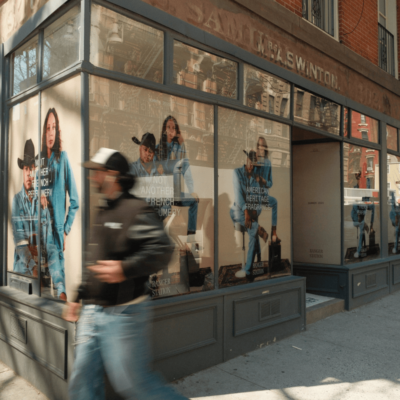
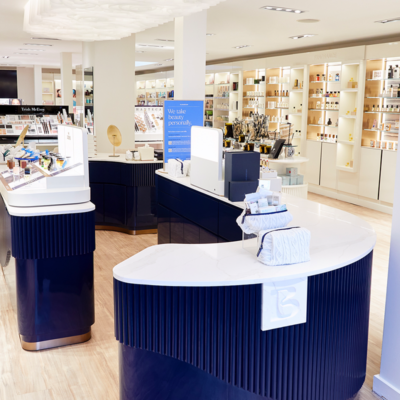
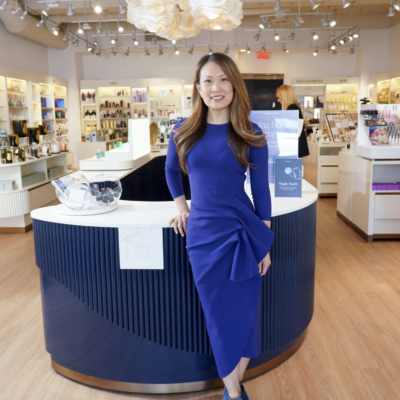
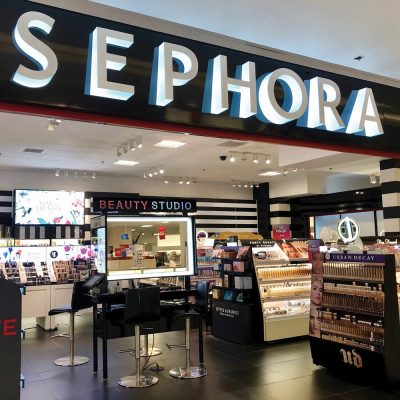
Leave a Reply
You must be logged in to post a comment.